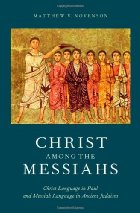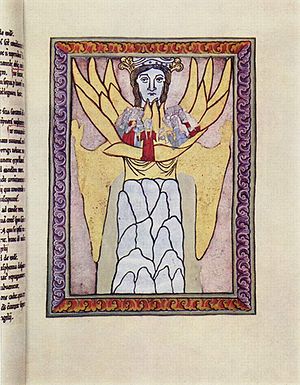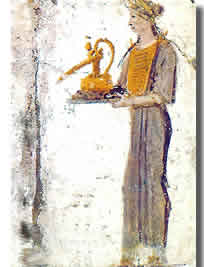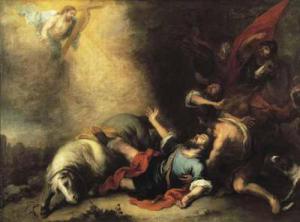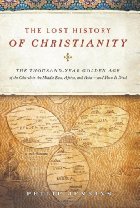*
1. Did Jewish Personified Wisdom generate Paul’s Christ Jesus?
2. Was Jesus an Unknown Jew Who Lived a Century Before Paul?
.
COVERED IN THIS POST:
- The (partial) mythicism of G. A. Wells
- The problems in Wells’ interpretation of Paul
- Jewish personified Wisdom as inspiration for Paul’s Christ
- Hellenistic Judaism and the Wisdom of Solomon
- Is Jesus the incarnation of personified Wisdom?
- Colossians and the christological hymns
- Did Paul see Christ as living in the time of Alexander Janneus?
- The chronology of Jesus’ death and rising and the appearances of 1 Cor. 15.
- Would Paul trouble to mention something everyone knew?
- Paul’s “firstfruits” harvested from scripture
- Taking apart Ehrman’s summation against Wells
- Related Posts
.
* * * * *
1. Was Jesus Invented as a Personification of Jewish Wisdom?
(Did Jesus Exist? pp. 241-246)
.

The mythicist views of G. A. Wells
In turning once more to the views of G. A. Wells, Ehrman demonstrates that mythicism is not monolithic, for Wells’ views on what earliest Christians like Paul believed in shows that the opinions of mythicists can be almost as varied as those of New Testament scholars who have sought to uncover the ‘genuine’ historical Jesus. (Of course, only the former are condemned for that diversity.)
Wells and two originating strands of Christianity:
Wells, like myself, sees a Christian movement which originated in two essentially separate expressions that only came together in the Gospel of Mark. Since I did not consciously take this from Wells, this illustrates the principle of different individuals or groups coming up with similar ideas based on available evidence or ‘in the air’ concepts but not dependent one on another. (Unless Wells took it from me! 😉 )
Strand one: Q, Galilee and a founding figure:
Wells accepts the existence of Q as representing one of those expressions: a sectarian movement in Galilee preaching the coming of the kingdom of God; but he came to believe (sometime around 1990) that an historical sage, à la the Jesus Seminar, lies at its root, whereas I see the evidence in Q pointing to a later development for such a founding figure during the evolution of the sect, and that no such founder existed.
Strand two: Paul, Wisdom and the reign of Alexander Janneus:
On the other hand, Wells sees Paul as deriving a non-existent Son/Christ figure from philosophical and scriptural sources, influenced especially by the “personified Wisdom” tradition of the Hebrew bible. But rather than locating him and his acts in a supernatural time and place, Wells interprets Paul as concluding that Christ had been born, lived and died on earth at an unknown time in the past, though he opts for Paul locating this during the reign of Alexander Janneus (103-76 BCE), known to have crucified hundreds of his rabbinic opponents.
.
Problems with Wells’ theory
There are several problems with Wells’ theory. Continue reading “28. Earl Doherty’s Response to Bart Ehrman’s Case Against Mythicism – Part 28 (G. A. Wells)”

